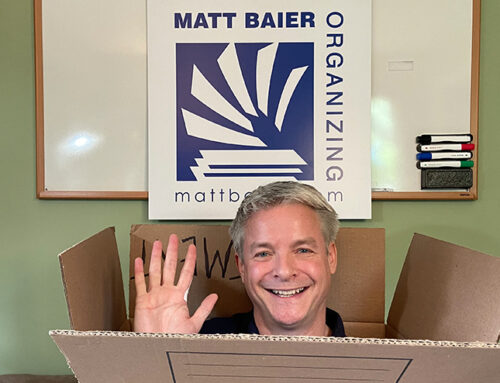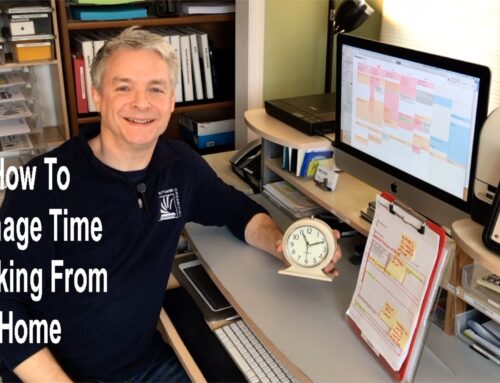
So what does choosing headlines from a newspaper have to do with getting your pile of to-do’s to done? Actually quite a lot. Unlike a table of contents in a book, which gives you an idea of what’s coming, but assumes you will follow it in order, the front page of a newspaper allow you to prioritize, based on what headlines are grabbing you at the moment. I believe the most effective to-do list works like the front page of a newspaper. Here’s how:
1. Headlines Are Short
Headlines are designed to say just enough to get you to read the article. Nothing more. They are not a summary, let alone the full story. If you rely on that pile of competing projects on your desk to compel you to action, it’s like looking at several different newspaper stories at once. The natural choice is to get overwhelmed and choose NONE of them. If, however, you can summarize that intimidating pile into a few well-worded actions, it is much easier to see where you stand and prioritize.
2. Headlines Grab Your Attention
A good headline cannot be ignored. If you want to compel yourself to act on something, choose the words that will get your attention, not just any boring description. For example, instead of writing “update website” write “outline 5 FAQs [10](minutes).” “Update website” may well be a very important to-do item, but it is way too general to expect action. On the other hand, “outline” is a limited starting action, “FAQs” represents a specific menu, and “10” represents a limited time commitment. Specific goals get specific results.
3. Headlines Connect You To The Full story
At the end of each headline snippet there is a section and page number reference that connects you to the full story. As noted, your to-do list headlines should be limited to just enough to connect you to the larger project. Let’s say that headline is “review Acme research project.” That headline can fit on a 1-3/8 x 1-7/8 Post-It note on a single page of other daily to-do’s, but it can connect to a one inch stack of paper, which may be the actual Acme research project. This one inch stack simply represents an item you need to be able to find reliably, but it doesn’t need to waste valuable real estate on your work surface. You just need a reliable headline and a user-friendly filing system.
The front page of a newspaper gives you a single focus zone. It provides a forum to quickly choose your shifting priorities and connect to a fuller story based on your urgencies of the moment. When you finish with the full story you want that singular front page to return to for the next story. An effective to-do list needs to work in the same way. If everything is important then nothing is important.
Do you sometimes find that you have so much on your plate that you don’t feel like you can start on ANY of it?










[…] while back I described how to organize your to-do’s by comparing them to newspaper headlines. Today I want to share an actual model of what that might look […]